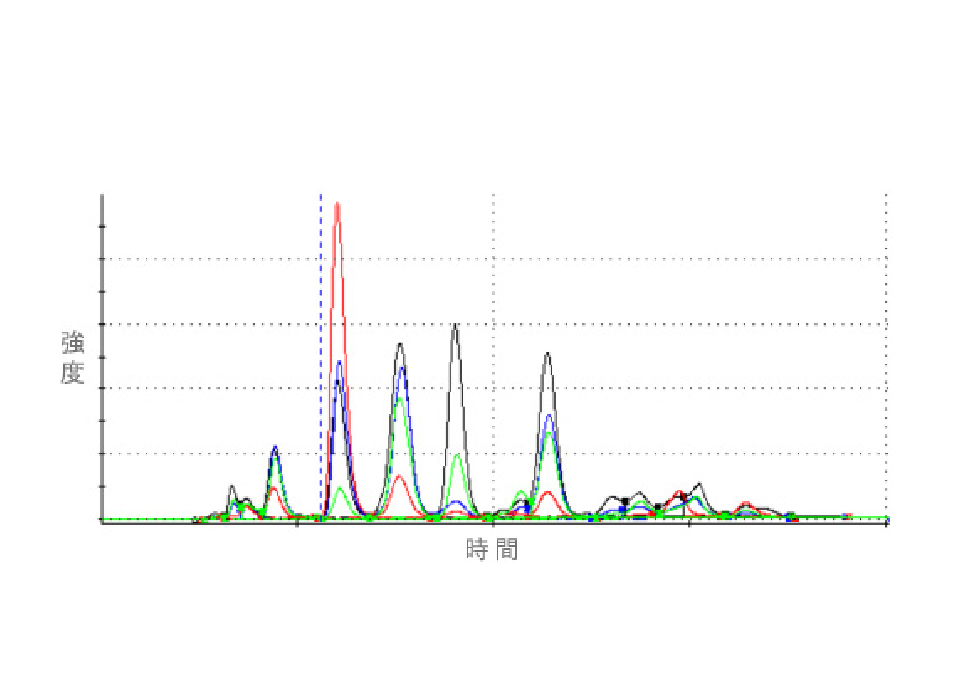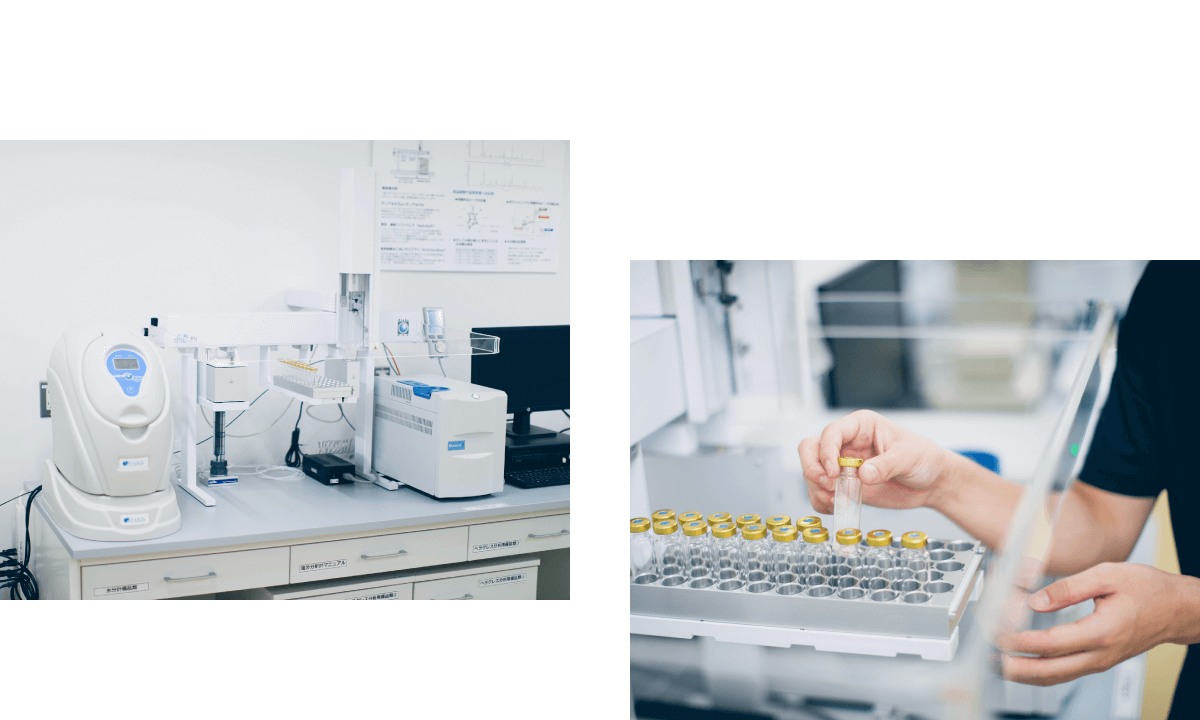“Science of Palatability”
“Science of Palatability” is
“Visualizing” Product Characteristics
It is not easy to share “pleasant taste” with others because we all have our own unique taste perceptions. In our effort towards “Science of Palatability” = “visualizing” the characteristics of food taste, we evaluate “pleasant taste” objectively and scientifically.
Sensory Evaluation Using Five Human Senses
Sensory evaluation is a method of analyzing the characteristics of products using five basic human senses (sight, hearing, smell, taste and touch). There are two types of sensory evaluation: Analytical type evaluates on intensity of flavor characteristics such as sweetness. Preference type evaluates how much the evaluator likes the sample. By using these two types of evaluation, we can understand the characteristics of products objectively and visualize the characteristics of our own product as well as customers’ and competitors’ products.

Instrumental Analysis for Scientific Evaluation of Various Components
Instrumental analysis is a scientific evaluation method of quantifying components of a sample. In TAKESHO, we use instruments to evaluates taste, flavor, texture, viscosity, and powder properties. The data is used to adjust the balance of taste and flavor, to guarantee stable quality, and to develop new products and improve existing products for our customers.

Characteristic Comparison Chart
(Compared with Target Product)

Chromatogram
(Results of Aroma Analysis)

Our Initiative for “Science of Palatability”
TAKESHO has been distributing physical and chemical analysis equipment and
reagents to universities, research institutions and companies in a variety of
industries. In addition, we have been responsible for maintenance of equipment and
supporting our customers.
This many years of experience has led us to “Science of Palatability” approach,
which is visualizing characteristics such as taste, flavor, texture, and physical
properties.

Our Commitment to "Pleasant Taste"
Collaboration with Research Institutions and Companies
We collaborate with research institutions and companies in Japan and overseas to conduct joint research.
Through these research, we aim to develop our initiatives of “Science of Palatability” and to enhance the value of food materials.

Commitment to Safety, Security and High Quality
Our FSSC 22000 certified factory is dedicated to quality control in all process from raw material management to quality inspections of final products. We strictly control allergens as well.
